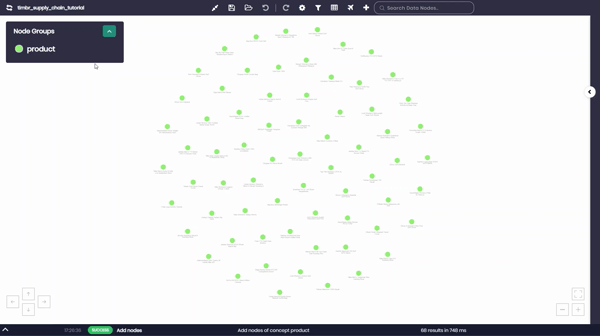ontologies for business intelligence
Superset
Timbr brings structure, governance, and performance to Superset by exposing a centralized semantic model, so analysts and business users can explore data with governed metrics, reusable relationships, and zero joins.
Instead of writing raw SQL or managing views manually, users connect to Timbr ontologies and build faster, more consistent dashboards.
Key Capabilities
Simplify Complex
SQL Queries
Replace hand-written SQL with reusable concepts and measures defined in Timbr.
Benefit from Relationships
Eliminate repetitive JOINs and filters, Timbr’s semantic layer handles them automatically.
Governed
Access
Empower analysts with governed access to business logic via simple table selects.
Semantic Cubes
and Aggregations
Use cubes, hierarchies, and aggregations defined once in Timbr.
Explore Data Across Dimensions
Explore data across dimensions with OLAP-like drill paths.
Access Multiple Sources
Support multi-source analytics with data virtualization and cross-source joins.
Accelerate
Dashboards
Leverage semantic caching and auto-aggregations for fast dashboards.
Powerful
Access Control
Enforce row-level and column-level security directly within the semantic layer.
Align
Dashboards
Align Superset dashboards with metrics used in Power BI, Tableau, and Excel.
Timbr with Superset
- Govern KPIs: You want to govern and reuse KPIs across dashboards and teams.
- Simplify JOIN Logic: You’re tired of duplicating JOIN logic or managing fragile data views.
- Cross-Source Analytics: You need cross-source analytics without materializing data.
- Consistent Definitions: You want consistent definitions across Superset, Power BI, Looker, and more.
OLAP Capabilities
Superset supports SQL-based exploration, but lacks native OLAP capabilities. Timbr bridges this gap with a governed OLAP-like model, including cubes, dimensions, semantic measures, and drill-down hierarchies, all accessible in SQL.
Superset becomes a true multidimensional analytics tool when paired with Timbr’s semantic model, delivering OLAP functionality without sacrificing flexibility or control.
Here’s how Timbr offers OLAP-like functionality:
- Define cubes, dimensions, and measures using standard SQL.
- Create semantic hierarchies for drill-down and roll-up operations.
- Use semantic auto-aggregations and a four-tier caching engine to serve queries from pre-aggregated projections.
- Support MDX endpoints for Excel and legacy pivoting tools.
- Push compute and aggregations down to your data warehouse for real-time performance.
While Timbr does not deliver “traditional” OLAP cubes, it achieves the same goals, governed, multidimensional analysis at scale, through virtual models and semantic intelligence. That’s why we describe Timbr as “OLAP-like”: it’s OLAP, reimagined for the cloud and SQL-first data stacks.
How it Works
Superset connects to Timbr simply by adding Timbr as a database using a JDBC connector. Instead of querying raw tables, users connect to concepts and cubes defined in Timbr’s ontology, already enriched with business rules, hierarchies, and metrics. Superset queries are translated into optimized SQL, executed on the underlying database or served from Timbr’s semantic cache, removing complexity and improving consistency.
